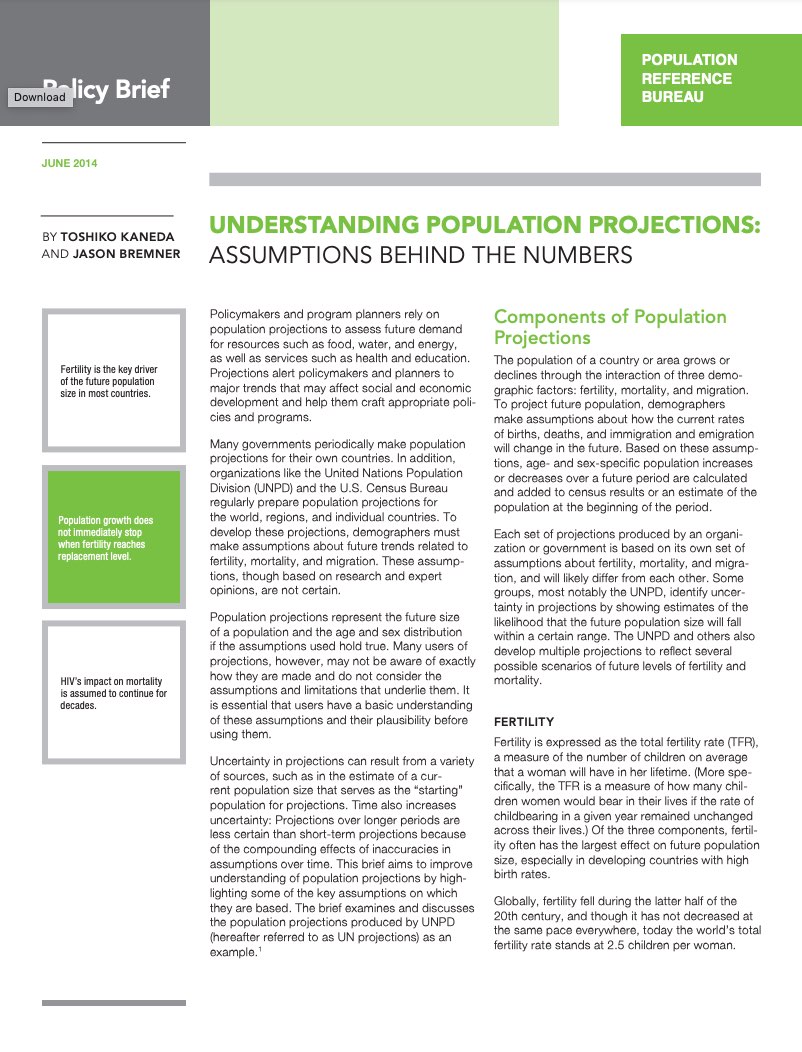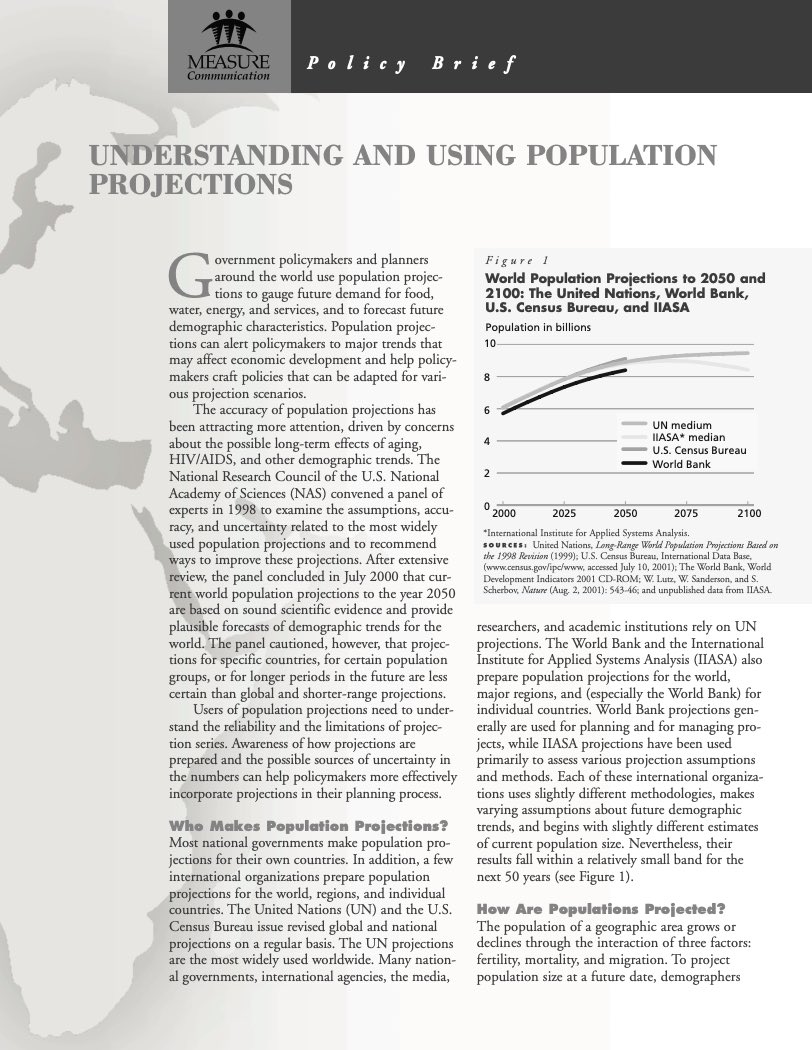535 Search Results Found For : "climate change"

Policy Brief. Understanding Population Projections: Assumptions Behind the Numbers (2014)
Policymakers and program planners rely on population projections to assess future demand for resources such as food, water, and energy, as well as services such as health and education.
View Details
Array
(
[ID] => 15551
[id] => 15551
[title] => understanding-population-projections-2014
[filename] => understanding-population-projections-2014.pdf
[filesize] => 599322
[url] => https://www.prb.org/wp-content/uploads/2014/07/understanding-population-projections-2014.pdf
[link] => https://www.prb.org/resources/understanding-population-projections-assumptions-behind-the-numbers/understanding-population-projections-2014-2/
[alt] =>
[author] => 15
[description] =>
[caption] =>
[name] => understanding-population-projections-2014-2
[status] => inherit
[uploaded_to] => 5136
[date] => 2021-02-01 20:02:53
[modified] => 2021-02-01 20:02:53
[menu_order] => 0
[mime_type] => application/pdf
[type] => application
[subtype] => pdf
[icon] => https://www.prb.org/wp-includes/images/media/document.png
)
Download
(0.6 MB)
Urbanization Takes on New Dimensions in Asia’s Population Giants
(October 2001) For the first time, more half of the world's population will be living in urban areas by the end of this decade.

Understanding and Using Population Projections
Government policymakers and planners around the world use population projections to gauge future demand for food, water, energy, and services, and to forecast future demographic characteristics.
View Details
Array
(
[ID] => 11721
[id] => 11721
[title] => Population-Projections_Eng
[filename] => Population-Projections_Eng.pdf
[filesize] => 296927
[url] => https://www.prb.org/wp-content/uploads/2001/12/Population-Projections_Eng.pdf
[link] => https://www.prb.org/resources/understanding-and-using-population-projections/population-projections_eng-2/
[alt] =>
[author] => 15
[description] => Understanding and Using Population Projections
[caption] =>
[name] => population-projections_eng-2
[status] => inherit
[uploaded_to] => 9877
[date] => 2021-01-10 19:04:30
[modified] => 2021-01-10 19:04:36
[menu_order] => 0
[mime_type] => application/pdf
[type] => application
[subtype] => pdf
[icon] => https://www.prb.org/wp-includes/images/media/document.png
)
Download
(0.3 MB)
An Overview of Population and Development in Vietnam
At the time of the April 1, 1999 Census, the population of Vietnam stood at just over 76 million, making it the 13th largest country in the world. From 1979 to 1999, nearly 24 million people were added to the country's population.
